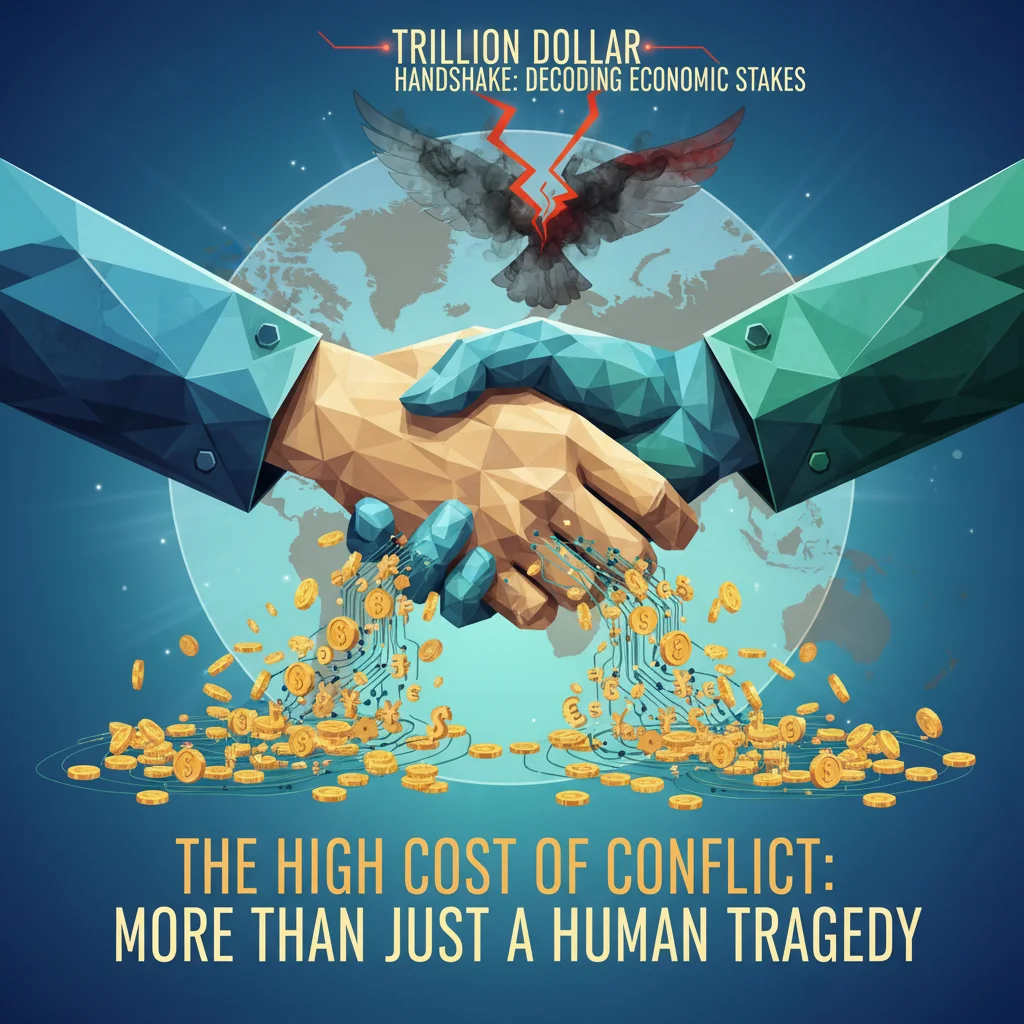
The Trillion-Dollar Handshake: Decoding the Economic Stakes of the Gaza Peace Summit
The High Cost of Conflict: More Than Just a Human Tragedy
As diplomats convene for a high-stakes “peace summit,” the global focus is rightfully on ending the devastating human suffering of the two-year war in Gaza. The headlines, like those from the Financial Times, highlight the immense political hurdles: a potential release of prisoners and hostages, shadowed by the deep-seated disagreements over a full Israeli withdrawal and the disarming of Hamas. Yet, beneath these political negotiations lies a complex web of economic and financial implications that will shape the future of the region and send ripples through the global economy for years to come.
For investors, finance professionals, and business leaders, understanding this economic dimension is not just an academic exercise; it’s a critical component of risk assessment and strategic planning. The conflict has inflicted a staggering economic toll, crippling local economies and introducing significant volatility into the global stock market. Israel’s high-tech, export-oriented economy has faced unprecedented strain, with the Bank of Israel estimating the total cost of the war could exceed $60 billion, or roughly 10% of its GDP (source). This includes massive defense expenditures, compensation for damages, and lost productivity from the mobilization of hundreds of thousands of reservists.
On the other side, the Palestinian economy, particularly in Gaza, has been decimated. The World Bank and the United Nations released a joint assessment detailing catastrophic damage to critical infrastructure, with initial estimates for reconstruction costs hovering around $18.5 billion (source). This destruction of physical capital represents a generational setback, erasing years of development and creating a vacuum that, if not filled constructively, could sow the seeds of future instability. The conflict’s economic fallout is a stark reminder that peace is not just a political imperative but a fundamental prerequisite for economic prosperity.
Global Markets on Edge: The Geopolitical Risk Premium
The Gaza conflict is a textbook example of how regional instability translates into a tangible “geopolitical risk premium” for global investors. The initial outbreak of hostilities sent immediate shockwaves through energy markets, as traders priced in the potential for a wider regional conflict that could disrupt critical shipping lanes in the Middle East. While a worst-case scenario has so far been averted, the ongoing tension continues to add a layer of volatility to oil prices, directly impacting inflation and corporate costs worldwide.
This uncertainty has clear implications for investing and trading strategies. We’ve seen predictable rallies in defense and cybersecurity stocks, while sectors sensitive to consumer confidence and global supply chains, such as travel and retail, have faced headwinds. The key takeaway for investors is the necessity of diversification and a nuanced understanding of how geopolitical events can create both risks and opportunities. A portfolio overly concentrated in one region or sector becomes dangerously exposed when black swan events occur. The current situation underscores the importance of stress-testing investment theses against a range of geopolitical scenarios, not just economic forecasts.


